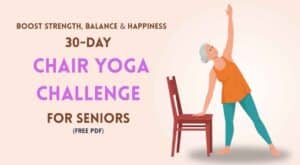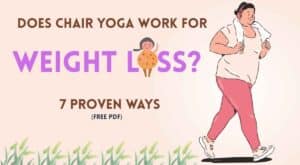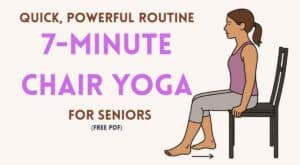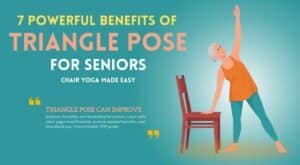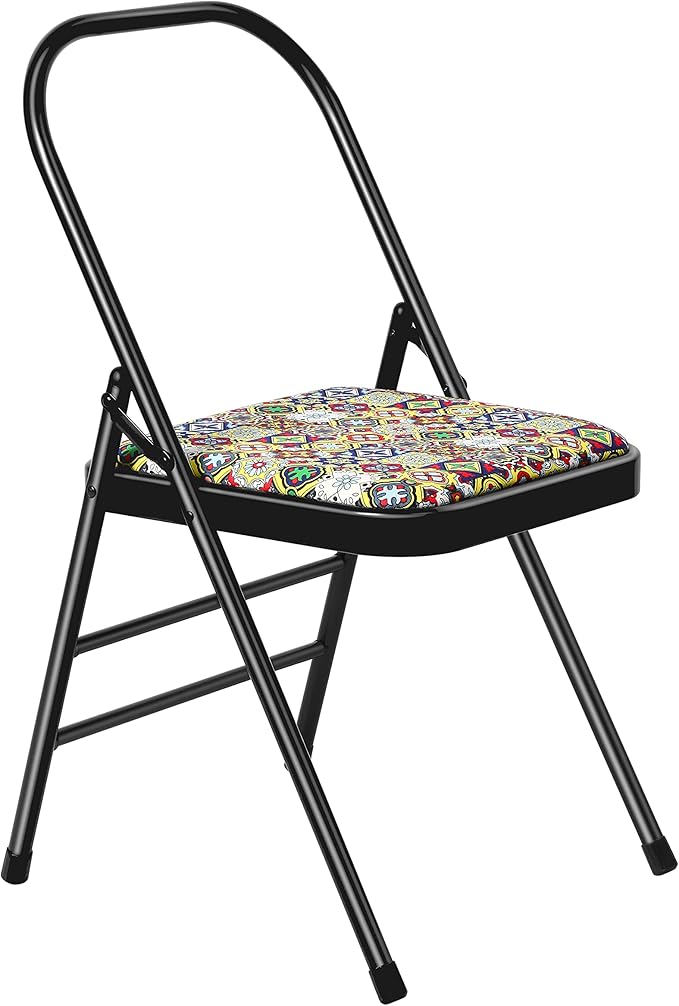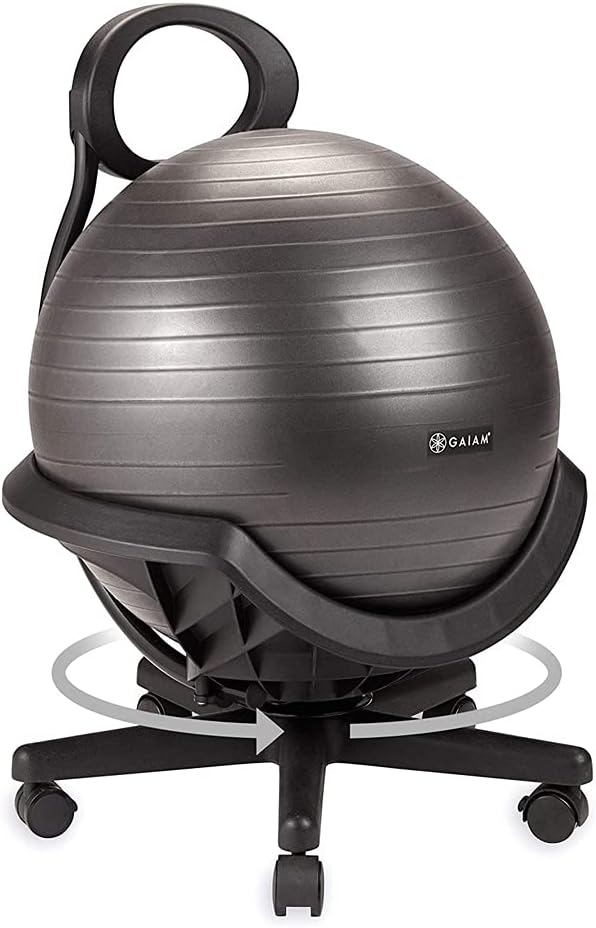Boat Pose is also known as Navasana in Sanskrit, is a main yoga pose that targets the core of our muscles. In this pose, you balance on your sitting bones, lifting your legs and torso to create a V-shape with your body. This posture not only strengthens the abdominal muscles but also enhances balance, coordination, and mental focus.
Table of Contents
Traditional Boat Pose
- Sit on the mat with your knees bent and feet flat on the floor.
- Place your hands behind your knees for support.
- Lean back slightly while keeping your spine straight.
- Lift your feet off the ground, bringing your shins parallel to the floor.
- Extend your arms forward, parallel to the floor, palms facing each other.
- Hold the pose for 30 seconds to a minute, breathing steadily.
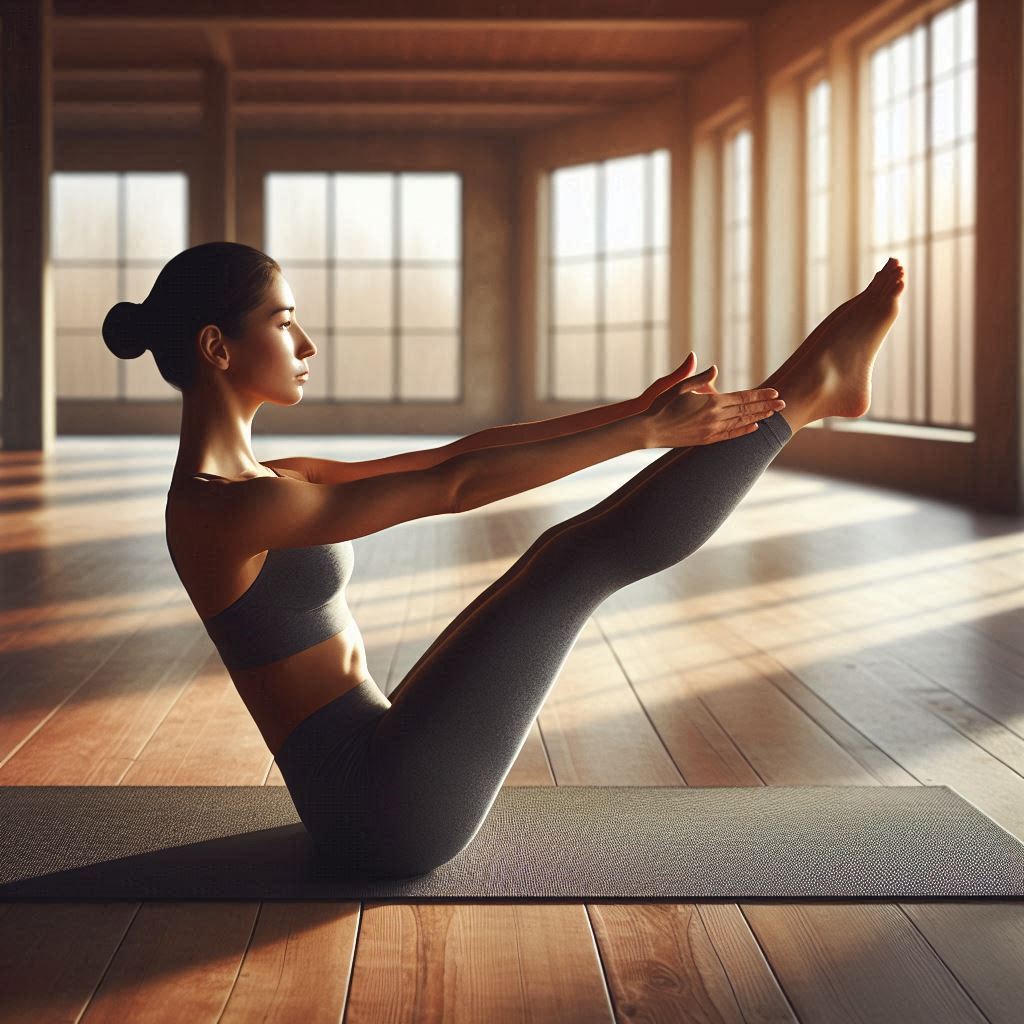
Boat Pose Variations
1. Half Boat Pose (Ardha Navasana)- No.1 Boat Pose Variations
The Half Boat Pose, or Ardha Navasana, is a less powerful variation suitable for beginners or those looking to build core strength gradually.
- Start with the basic boat pose.
- Then you will have to lower your torso and legs slightly towards the floor without touching it. Always remember to engage your core (that is your navel part) for better results.
- Make sure to hold the pose for 30 seconds or more if you can, always remember to focus on maintaining stability and control.
- Finally, return to the basic boat pose and repeat this pose in 3 sets.
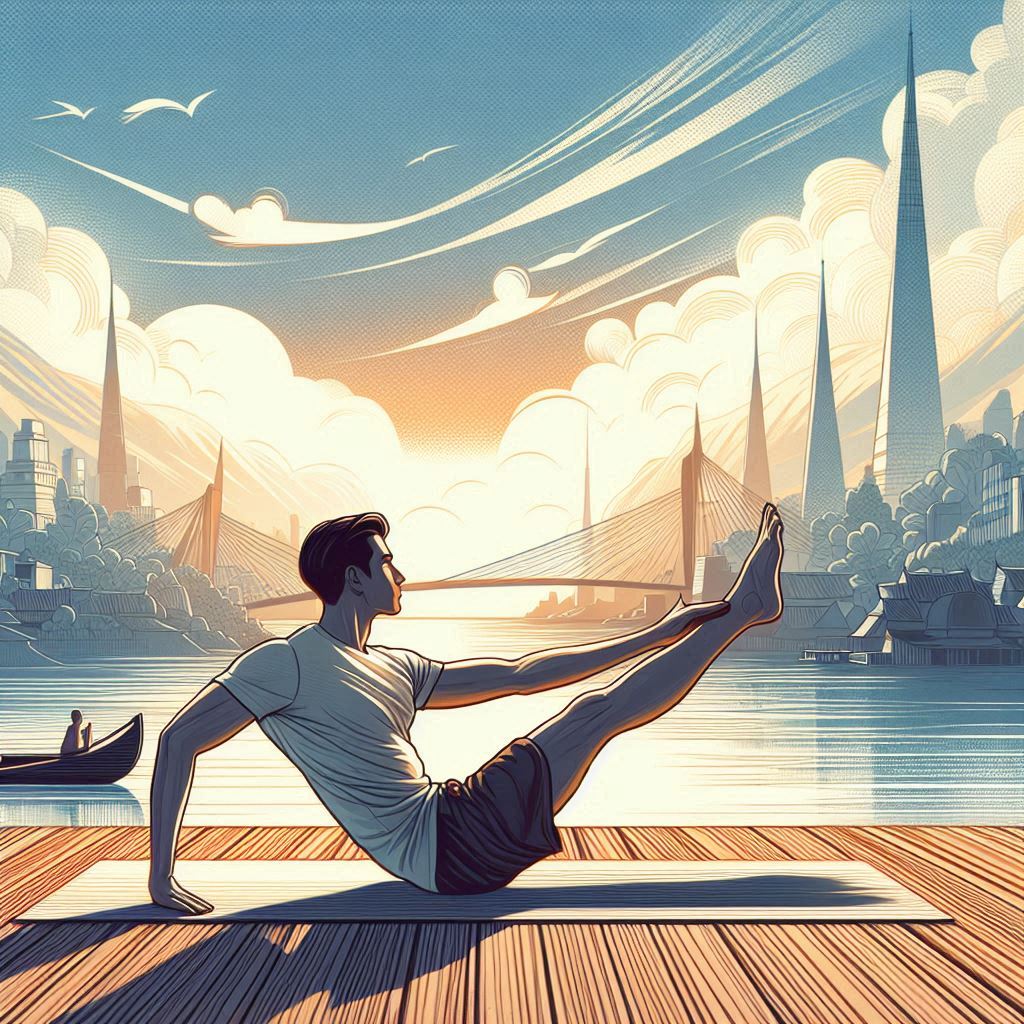
Partner Boat Pose – No.2 Boat Pose Variations
Doing partner boat pose with your partner enhance your bond and coordination. This yoga pose is a fun and easy yoga pose that is very beneficial for strengthening your core muscles.
- Firstly, sit facing your partner, with your knees bent and feet touching.
- Secondly, hold each other’s wrists in case you both need support.
- Thirdly, lift your legs and make balance on your sitting bones and create a V-shape with your bodies.
- Lastly, hold the pose for 30 seconds or for a minutes, its totally depend on both of you. Do at least 3 sets.
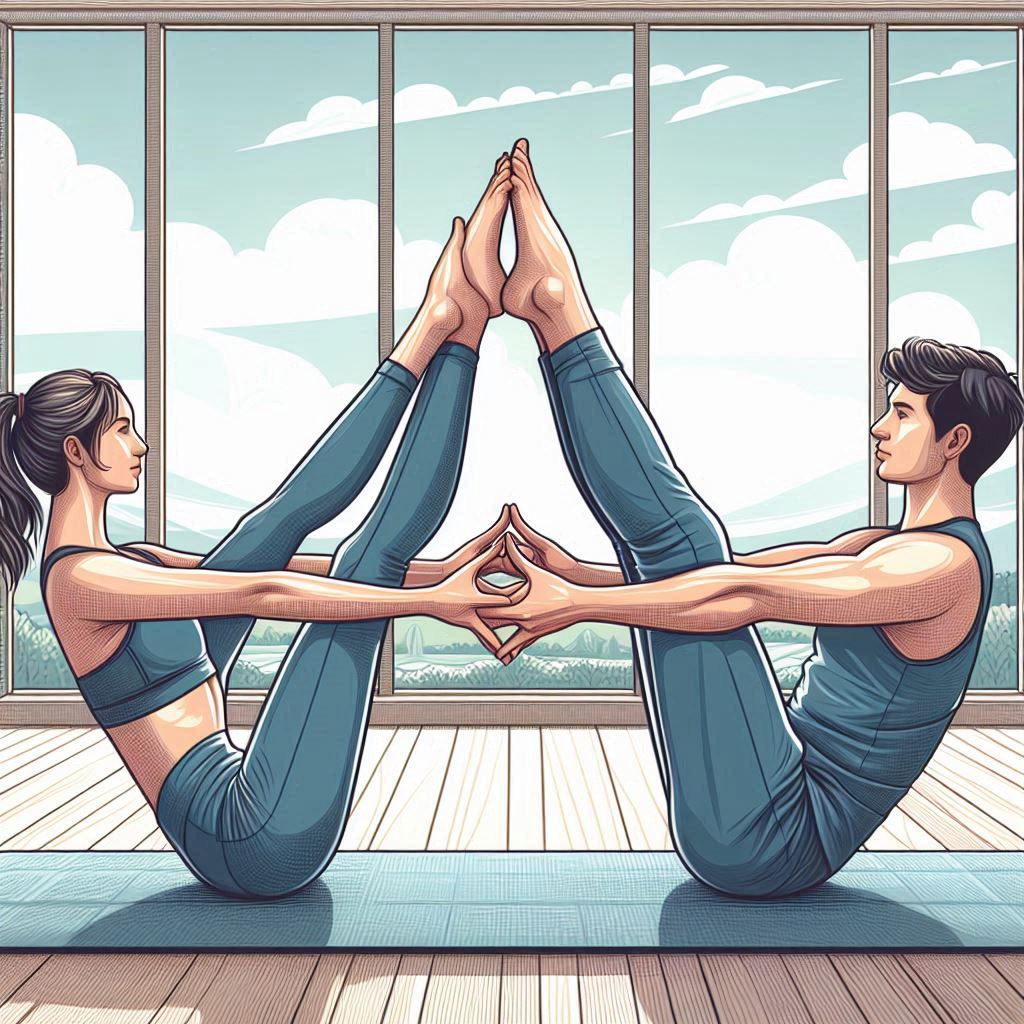
Boat Pose with Extended Legs (Uttanasana Navasana) – No.3 Boat Pose Variations
Increasing the challenge in the basic boat pose can be beneficial. This yoga pose targets the core of your body, and it will rapidly grow your abs.
- Firstly, start with the traditional Boat Pose.
- Secondly, straighten your legs then extend them towards the ceiling.
- Thirdly, hold the pose for 30 seconds or for 1 minute depending on your strength, always remember to focus on maintaining balance and core engagement.
- Finally, lower your legs and do at least 3 sets.

Boat Pose (Navasana) FAQs
1. What is the Boat Pose?
The Boat Pose, or Navasana, is a fundamental yoga pose that targets the core muscles. In this pose, you balance on your sitting bones, lifting your legs and torso to create a V-shape with your body.
2. What are the benefits of practicing the Boat Pose?
Practicing Boat Pose strengthens the core muscles, improves balance, enhances flexibility, and boosts mental focus. It’s a great way to build abdominal strength and stability.
3. How do I perform the Boat Pose correctly?
To perform the Boat Pose:
- Sit on the mat with your knees bent and feet flat on the floor.
- Lean back slightly while keeping your spine straight.
- Lift your feet off the ground, bringing your shins parallel to the floor.
- Extend your arms forward, parallel to the ground.
- Hold the pose for 30 seconds to a minute, breathing steadily.
4. Is the Boat Pose suitable for beginners?
Yes, the Boat Pose can be modified to suit beginners. Start by holding the pose for shorter durations and keep your knees bent. As you build strength, you can extend your legs and hold the pose longer.
5. What variations can I try to make the Boat Pose more challenging?
There are several variations to increase the difficulty of the Boat Pose, such as:
- Half Boat Pose (Ardha Navasana)
- Full Boat Pose with a Twist (Parivrtta Navasana)
- Low Boat Pose
- Boat Pose with Extended Legs
- Boat Pose with Weights
6. Can the Boat Pose help with back pain?
When done correctly, the Boat Pose can help strengthen the core muscles, which support the lower back. However, if you have existing back pain, it’s important to consult with a healthcare professional before attempting this pose.
7. How often should I practice the Boat Pose?
Incorporate the Boat Pose into your yoga routine 3-4 times a week. Consistency is key to building core strength and improving your practice.
8. What should I do if I find it difficult to balance in the Boat Pose?
If you find it challenging to balance, try keeping your hands behind your knees for support. Gradually work on building core strength, and with practice, you’ll be able to balance more easily.
9. Can I do the Boat Pose if I’m pregnant?
It’s best to avoid the Boat Pose during pregnancy, especially in the later stages, as it puts pressure on the abdomen. Always consult with your healthcare provider before practicing any yoga poses during pregnancy.
10. Are there any contraindications for the Boat Pose?
Avoid the Boat Pose if you have recent or chronic injuries to the back, neck, or shoulders. Always listen to your body and consult with a healthcare professional if you have any concerns.



